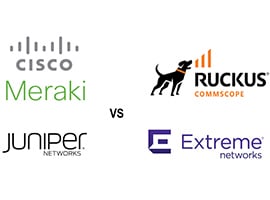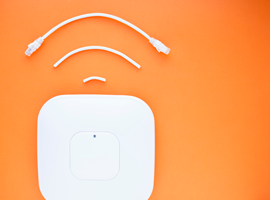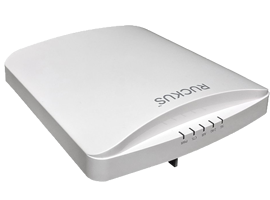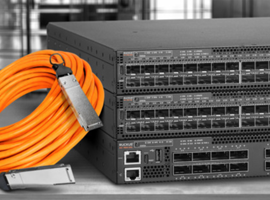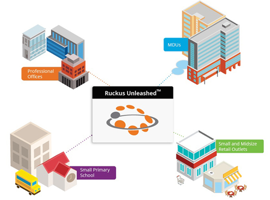Wi-Fi 5 Vs Wi-Fi 6—What You Need to Know
WAV and CommScope RUCKUS provide unmatched customer service to help you upgrade to Wi-Fi 6 and meet your customers’ needs. Explore the benefits of becoming a CommScope RUCKUS Networks Partner.

When COVID-19 and the pandemic hit, wireless technology use for work, home, and leisure activities increased dramatically. Today, households and businesses continue to depend on fast and reliable Internet service. The previous international standard for wireless networking, IEEE 802.11ac (Wi-Fi 5), is being replaced by a new version of the standard, IEEE 802.11ax (Wi-Fi 6). This presents significant improvements in wireless network capacity and efficiency for all users, even in crowded environments. As students increasingly access the Internet, businesses allow work-from-home options, and households stream more content, now is the time to upgrade. Wi-Fi 6 provides the increased capacity needed for a growing number of interconnected wireless devices at home and in business. When you look at Wi-Fi 5 vs Wi-Fi 6, the many benefits of upgrading to Wi-Fi 6 become apparent—especially when you upgrade with CommScope RUCKUS.
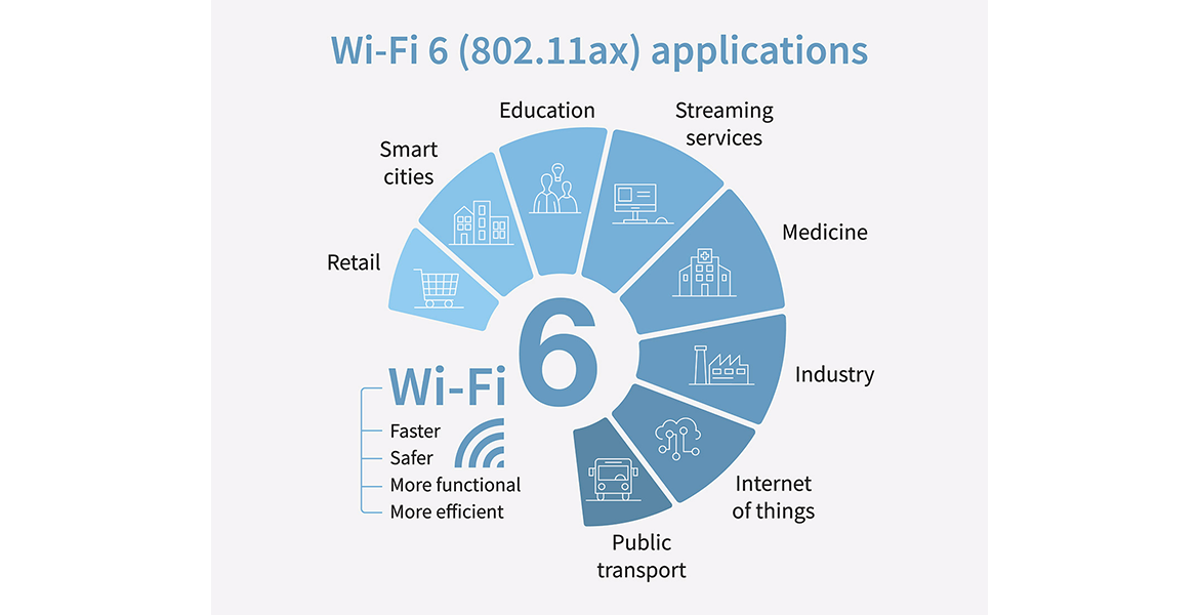
Wi-Fi 5 Vs Wi-Fi 6: Speed & Bandwidth
For today’s Internet users, bandwidth is key. With a Wi-Fi 5 router, your customers’ bandwidth cannot effectively accommodate the growing number of simultaneously connected devices. New technologies like MU-MIMO (Multi-User, Multiple-Input, Multiple-Output) and OFDMA (Orthogonal Frequency Division Multiple Access) have enabled the Wi-Fi 6 standard to increase bandwidth and overall speed your today’s Internet user.
Wi-Fi 5 Vs Wi-Fi 6: Latency
Internet latency and network latency affect satellite, cable, and Wi-Fi Internet connections. Wi-Fi 6 offers lower latency than its predecessors to ensure that delay times for data transfer are minimized. Businesses require low latency to boost load times and prevent issues like disconnects. This lower latency is made possible through OFDMA. Simply put, it makes it more efficient to pack data into a signal. For next-level competitiveness, businesses should consider upgrading to Wi-Fi 6.

Comparing Wi-Fi 5 Vs Wi-Fi 6 |
||
| Criteria | Wi-Fi 5 | Wi-Fi 6 |
| Frequency | 5 GHz | 2.4 and 5 GHz |
| Bandwidth (Channels) | 20, 40, 80x80, 160 MHz | 20, 40, 80x80, 160 MHz |
| Access | Orthogonal Frequency Division Multiplexing (OFDM) |
Orthogonal Frequency Division Multi Access (OFDMA) |
| Antennas |
MU-MIMO (4x4) |
MU-MIMO (8x8) |
| Modulation | 256QAM |
1024QAM |
| Maximum Data Rate | 3.5 Gb/s | 9.6 Gb/s |
| Maximum Users (Access Points) | 4 | 8 |
To mitigate risk and improve your bandwidth, contact the experienced team at CommScope RUCKUS. We install only the best hardware to meet the unique challenges of MDU Wi-Fi solutions.
With so many benefits to becoming a RUCKUS Networks Partner through the WAV Partner Program, the choice is easy. As a wired and wireless equipment distributor specializing in connecting your customers, we are proud to be a trusted RUCKUS Networks distributor with the largest and most consistent stocking position in the market for our WISP, ISP, and integration partners.




